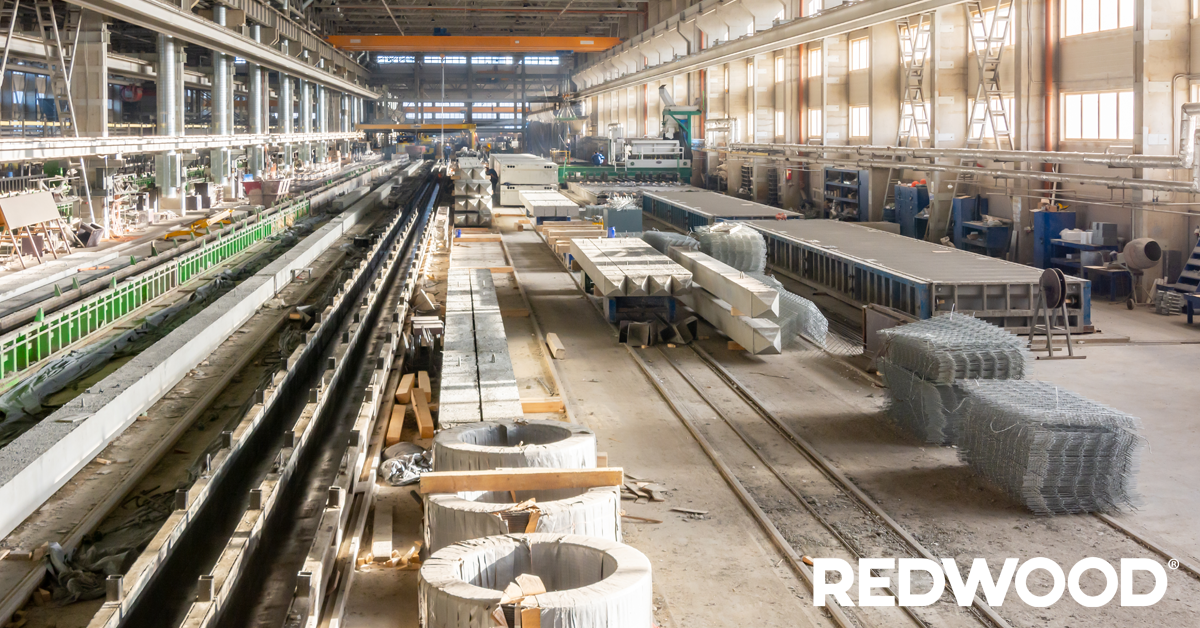REDWOOD LOGIN
Redwood PortalLTL
SCS
SCS Support
Rockfarm

Powering every supply chain, there are dozens of other suppliers that provide the parts and materials that enable them to keep doing business. These are known as lower-tier suppliers.
Picturing a business as a pyramid-shaped structure, with the topmost point Tier 1, lower-tier suppliers are the foundation of the pyramid.
In this blog, we'll take take a look at why low-tier suppliers are important to supply chain sustainability.
The phrase "lower-tier supplier" is rather deceptive as it generally applies to procurement industries, all of which are absolutely essential cornerstones to the rest of the supply chain. Without this tier in place and running smoothly, business would come to a halt. So, in this regard, low-tier actually means higher importance.
The name refers to how a tiered chart shows the final product (or how close to final production a product is) at the top of the pyramid and outlines the process down through the lower tiers where the raw material procurement process takes place. Everything begins from the low-tier and moves up the chain.
Regulations on multinational corporations have been a way of life for decades now and have produced many positive changes over that time. The majority of these changes are aimed at making sure the world's flow of goods is both profitable and ethically sourced (both in regard to labor practices as well as eco-friendly procurement of materials).
The brunt of the responsibility to oversee the implementation and maintaining of green policies has been placed on Tier 1 companies. Fortunately, their ability to influence Tier 2 suppliers has helped with things like efforts to end unethical labor practices in overseas factories.
However, lower-tier suppliers have very little direct interaction with the high-tier corporations and this can often lead to overseas raw material suppliers falling out of line with regard to a brand's sustainability policies and measures.
The lack of direct pressure to conform to sustainability practices is not assisted much by the absence of financial incentives for low-tier suppliers to invest in implementing more ethical business practices. This is the result of the extremely competitive markets that are comprised of low-tier industries.
The problem is that these lower-tier companies focus more on completing as many orders and as quickly as possible so the Tier 2 brokers, who they rely on for consistent business, don't go elsewhere. They don't always have the time and resources to properly ensure that their waste is properly disposed of, their workforce is treated fairly, and their raw materials are sourced in an environmentally-friendly way.
Combining a lack of enforcement and funds for upgrades creates the largest hurdle to supply chain sustainability within low-tier suppliers worldwide and will surely prove to be the issues that take the most time to correct.
Making up the most important parts of the supply chain, lower-tier suppliers represent the base on which all industry is built. Furthermore, they serve as the frontline for environmental focus moving forward. Overcoming the issues posed by increasing public concern like pollution and working conditions will require a fundamental shift. This shift will be in the way top-tier brands interact with their entire supply chain, not just the second-level companies.
There are several factors that influence the slow transition to greener productivity. For starters, there is the cost of installing or upgrading equipment and various legal systems defining requirements differently. Of course, there is also the inherent toxicity of some of the processes regardless of efforts made by those companies. The first two are fortunately obstacles that we will be able to overcome in the 21st century as global transparency is putting pressure on lower-tier suppliers to get within compliance of regulations designed to help employees and the environment.
Creating and maintaining effective sustainability measures must grow from the bottom up if it is to have any lasting impact. This makes building positive and transparent rapport with lower-tier suppliers one of the most important steps toward better supply chain sustainability efforts.